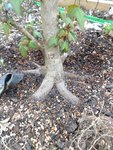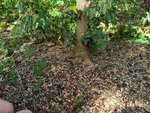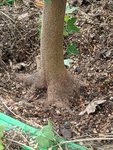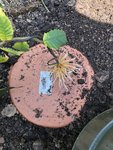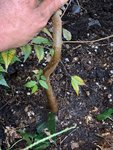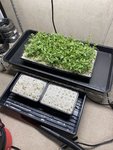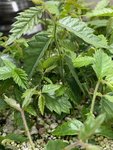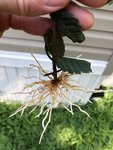small trees
Chumono
- Messages
- 570
- Reaction score
- 240
- USDA Zone
- 8B
I have a thread on this in the general discussion forum but have been meaning to get it in the right spot. So here we go. I have taken several seedlings over the past couple of years and planted them through either wood planks or sheet metal and then placed them in the ground to grow and hopefully develop nice radial nebari.
The general idea is that you drill a hole through the plank/metal and thread the seedling through in the spring as buds are swelling but leaves have not opened yet. This needs to be done with a young seedling as you obviously cannot very well thread a tree through a small hole if it has branches.
As the tree grows, it will be girdled and should throw roots above the plank.

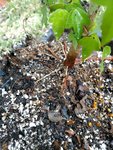
Once the roots above the plank are enough to support the tree, you can remove the plank and everything underneath it.
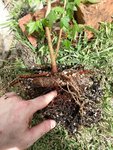
In this thread I will be posting several trees that I am employing this method on and try to catalog their progress.
The general idea is that you drill a hole through the plank/metal and thread the seedling through in the spring as buds are swelling but leaves have not opened yet. This needs to be done with a young seedling as you obviously cannot very well thread a tree through a small hole if it has branches.
As the tree grows, it will be girdled and should throw roots above the plank.


Once the roots above the plank are enough to support the tree, you can remove the plank and everything underneath it.

In this thread I will be posting several trees that I am employing this method on and try to catalog their progress.

